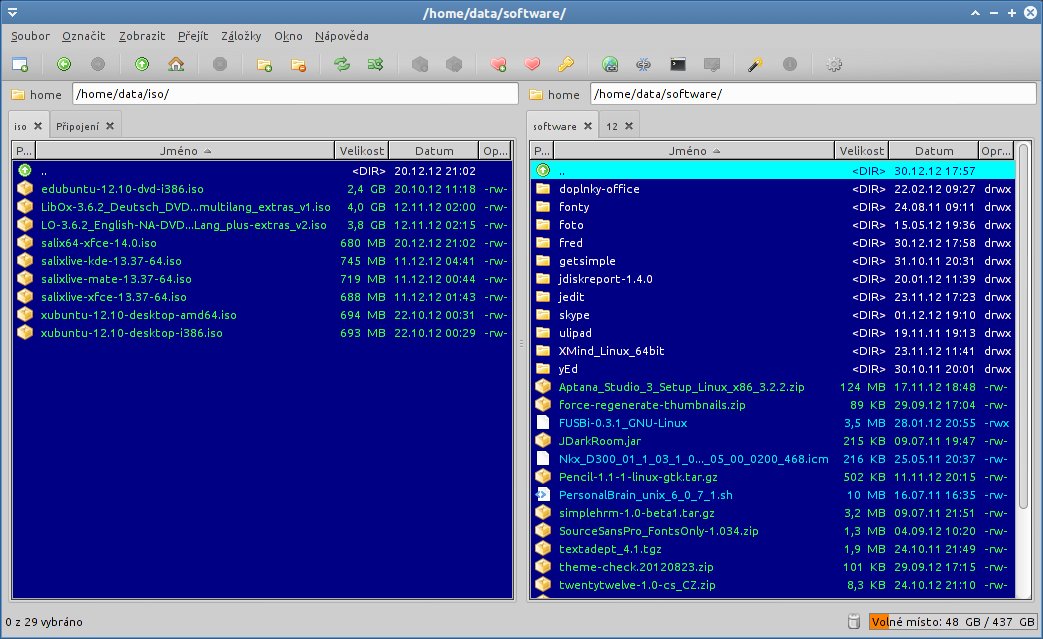

- #Jdiskreport for ubuntu install#
- #Jdiskreport for ubuntu drivers#
- #Jdiskreport for ubuntu archive#
- #Jdiskreport for ubuntu Patch#
- #Jdiskreport for ubuntu full#
Wrote ISO image: /var/lib/rear/output/rear-centos7.iso (90M)Ĭreating tar archive ‘/tmp/rear.QnDt1Ehk25Vqurp/outputfs/centos7/’Īrchived 406 MiB in 112 seconds TIP: To login as root via ssh you need to set up /root/.ssh/authorized_keys or SSH_ROOT_PASSWORD in your configuration file Mkdir: created directory ‘/var/lib/rear/output’ Using log file: /var/log/rear/rear-centos7.log Note: This example uses a Centos 7 server and a NFS Server on the same network subnet.Īdd the following lines to /etc/rear/nf:īACKUP_URL=”nfs://NFSSERVER/path/to/nfs/export/servername”īACKUP_PROG_EXCLUDE=( ‘/tmp/*’ ‘/dev/shm/*’ ) ReaR works in collaboration with many backup solutions, including Bacula/Bareos SEP SESAM, Tivoli Storage Manager, HP Data Protector, Symantec NetBackup, CommVault Galaxy, and EMC Legato/Networker.īelow is a working example of rear in action, performed on fresh Centos VM’s running on VirtualBox in my own lab environment.
#Jdiskreport for ubuntu full#
The ReaR documentation provides a number of mapping files and examples.Īn initial full backup of the protected system is the foundation.
#Jdiskreport for ubuntu drivers#
ReaR even detects changed network cards, as well as different storage scenarios with their respective drivers (migrating IDE to SATA or SATA to CCISS) and modified disk layouts. ReaR builds the rescue medium with all existing drivers, and the restored system adjusts automatically to the changed hardware. ReaR is well suited as a migration tool, because the restoration does not have to take place on the same hardware as the original. ReaR preserves the partitioning and formatting of the hard disk, the restoration of all data, and the boot loader configuration.

If a hardware component fails, an administrator can boot the standby system with the ReaR rescue media and put the system back to its previous state. Relax and Recover (ReaR) is a true disaster recovery solution that creates recovery media from a running Linux system.
#Jdiskreport for ubuntu Patch#
If the crashed system’s patch level was not up to date, or if the system contained an abundance of manually installed software, problems are likely to occur with drivers, configuration settings, and other compatibility issues. The partition layout or the configuration of a RAID system must correspond. Versatile replacement hardware must be readily available, and you might not have the luxury of using a replacement system that exactly matches the original. You can back up to NFS or CIFS Share or to a USB block storage device pre-formatted by running rear format /dev/sdXĪ professional recovery system is much more than a simple backup tool.Įxperienced admins know they must control and test the entire workflow for the recovery process in advance, so they are certain all the pieces will fall into place in case of an emergency. The bootable iso provides a configured bootable rescue environment that, provided your backup is configured correctly in /etc/rear/nf, will make recovery as simple as typing rear recover from the recovery prompt. They can be combined in the single command rear mkbackup. There are two main commands, rear mkbackuponly and rear mkrescue to create the backup archive and the bootable image respectively.

It is akin to Clonezilla – another popular bare metal backup tool also used to migrate Linux into virtual environments. It is not per se, a file level backup tool. Relax and Recover (ReaR) generates an appropriate rescue image from a running system and also acts as a migration tool for Physical to Virtual or Virtual to Virtual migrations of running linux hosts. tar.gz images of the running server and creates bootable rescue media as. In short, Relax and Recover (rear) is a tool that creates. type f -size +1000000M -exec ls -al īe sure to run man fr first to check that your shell function name isn’t the name of an existing binary on the system! Sure, you can use the find command to go looking for files over a certain size,įind. All you have is a production problem, a stressed out ops manager and a flashing cursor winking at you -oh and native tools.
#Jdiskreport for ubuntu install#
You have no internet access, and no local repository configured, and even if you did, you have no change control to install it on a live system, and even if you did, no GUI to view it. In the datacentre, things are never so easy. You can quickly drill down using these treemapper programs and find the culprit for filling your disk up. Desktop distro’s have wonderful graphical disk space analysis programs such as Baobab (KDirStat), QDirStat, xdiskusage, duc, JDiskReport and with your desktop distro being connected to the internet, even if you dont already have them installed, installing them from your repositories is easy.


 0 kommentar(er)
0 kommentar(er)
